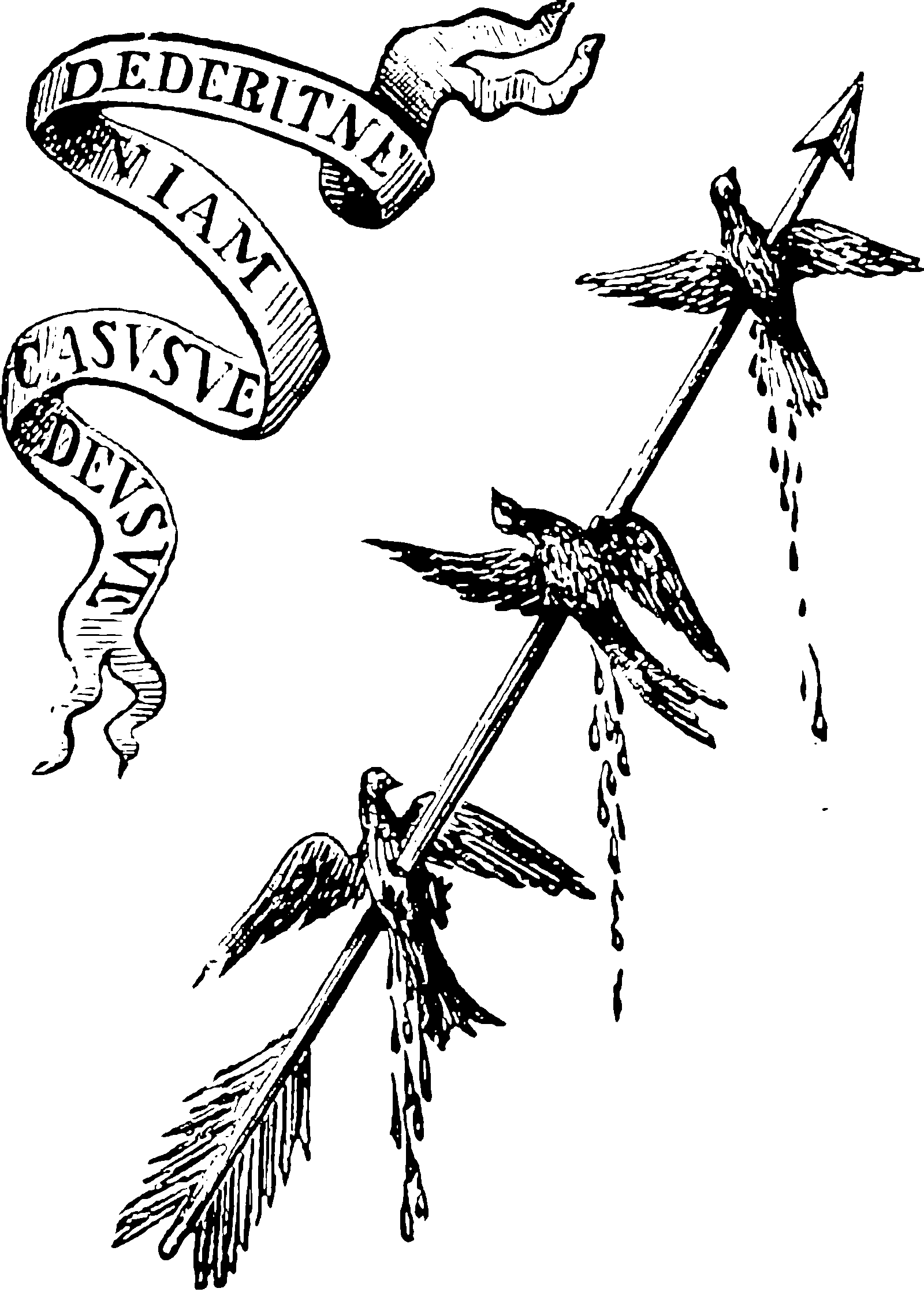Bayesian inverse problems
2016-03-30 — 2022-01-13
Wherein a hierarchical Bayesian formulation with unknown regression parameters is presented, and joint inversion for latent inputs is treated via posterior learning from training pairs and Laplace approximations for functional, high‑dimensional problems.
Inverse problem solution with a probabilistic approach. In Bayesian terms, say we have a model which gives us the density of a certain output observation \(y\) for a given input \(x\) which we write as \(p(y\mid x)\). By Bayes’ rule we can find the density of inputs for a given observed output by \[p(x \mid y)=\frac{p(x) p(y \mid x)}{p(y)}.\] The process of computing \[p(x \mid y)\] is the most basic step of Bayesian inference, nothing special to see here.
In the world I live in, \(p(y \mid x)\) is not completely specified, but is a regression density with unknown parameters \(\theta\) that we must also learn, that may have prior densities of their own. Maybe I also wish to parameterise the density for the prior on \(x\), \(p(x \mid \lambda),\) which is typically independent of \(\theta.\) Now the model is a hierarchical Bayes model, leading to a directed factorisation \[p(x,y,\theta,\lambda)=p(\theta)p(\lambda)p(x\mid \lambda) p(y\mid x,\theta).\] We can use more Bayes rule to write the density of interest as \[p(x, \theta, \lambda \mid y) \propto p(y \mid x, \theta)p(x \mid\lambda)p(\lambda)p(\theta).\] Solving this is also, I believe, sometimes called joint inversion. For my applications, we usually want to do this in two phases. In the first, we have some data set of \(N\) input-output pairs indexed by \(i,\) \(\mathcal{D}=\{(x_i, y_i:i=1,\dots,N)\}\) which we use to estimate posterior density \(p(\theta,\lambda \mid \mathcal{D})\) in some learning phase. Thereafter we only ever wish to find \(p(x, \theta, \lambda \mid y,\mathcal{D})\) or possibly even \(p(x \mid y,\mathcal{D})\) but either way do not thereafter update \(\theta, \lambda|\mathcal{D}\).
If the problem is high dimensional, in the sense that \(x\in \mathbb{R}^n\) for \(n\) large and ill-posed, in the sense that, e.g. \(y\in\mathbb{R}^m\) with \(n>m\), we have a particular set of challenges which it is useful to group under the heading of functional inverse problems.1 A classic example of this class of problem is “What was the true image that was blurred to create this corrupted version?”
1 Laplace method
We can use Laplace approximation to approximate latent density.
Laplace approximations seem like they might have an attractive feature: providing estimates also for inverse problems (Breslow and Clayton 1993; Wacker 2017; Alexanderian et al. 2016; Alexanderian 2021) by leveraging the delta method. I think this should come out nice in network linearization approaches such as Foong et al. (2019) and Immer, Korzepa, and Bauer (2021).
Suppose we have a regression network that outputs (perhaps approximately) a Gaussian distribution for outputs given inputs.
TBC.
2 References
Footnotes
There is also a strand of the literature which refers to any form of Bayesian inference as an inverse problem, but this usage does not draw a helpful distinction for me so I avoid it.↩︎

